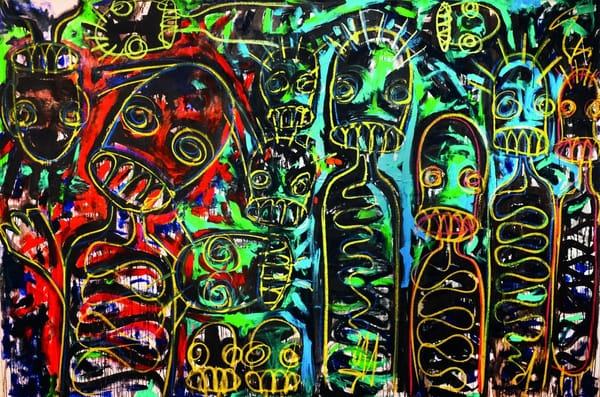A History of Islands & Patterns
Fred Fyles takes a look at the British Museum's display of Pacific cloth
If you want to gauge the measure of a culture, you only need to look at their clothing. The stuffy moralism of the British Puritans was reflected in their monochromatic dress; the grotesque opulence of pre-revolutionary France is woven into the gowns of Marie Antoinette; and – as the new exhibit at the British Museum shows us – the pattern on your barkcloth can mark anything from status, to age, to cultural group.
For those of you asking “What’s barkcloth?”, I sympathise. While very rare here in the West, it is a material made from soaked inner bark, which is then beaten into a thin sheet, and was once-common across Asia, Africa, and the Pacific. It is this last location that curator Natasha McKinney is interested in, showing us how the patterns found on the cloth shift from island group to island group. In some Hawaiian groups, for instance, the zig-zag pattern represents consecutive generations, indicating the longevity of the wearer’s clan; in Oro province, Papua New Guinea, the pattern belongs to a specific tribe, and therefore can be a marker of social group.
The display is arranged so that the patterns not only shift through space, but also through time. Thus, we can see how technological changes influences the patterns and techniques. In Tonga, their contribution to the war effort is immortilised in their motifs of propellers. On Niue, developments in textiles meant that fringes and new decoration techniques began to come to the fore. We also have the opportunity to see how this traditional technique has been incorporated into modern dress, with Samoan designer Paula Chan Cheuk using barkcloth for a modern wedding dress, commissioned specially for this exhibition.
While we might not get an idea of how the tradition was affected by Western exploration and colonialism (apart from a side note about wearing tunics to cover up), the show gives us an excellent overview of this quietly influential, beautiful tradition.
Shifting Patterns is on until 16th August. Free Entry.










